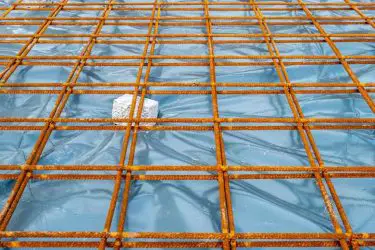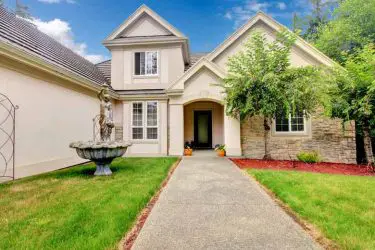Concrete is a wonderful material for any project, but sometimes it doesn’t look the best. If you live in an old neighborhood, you’ve probably seen concrete driveways and sidewalks ridden with colorful rocks- it is not always the prettiest design, and you may want to avoid having your structure full of rocks. What you may not know is how to avoid having rocks and gravel in your concrete.
Concrete that uses no rocks or coarse gravel is called “mortar concrete”. It is made up of Portland cement, sand, and fine aggregate. Mortar concrete has a fine-grained appearance once set. Popular brands like Quickrete, Sakrete, and Sika all sell mortar mixes.
These mixes are made up of fine aggregates, but there are ways you can make your own concrete without any rocks or gravel. Read on to find out which brands sell the best fine aggregate concrete and how to make your own.
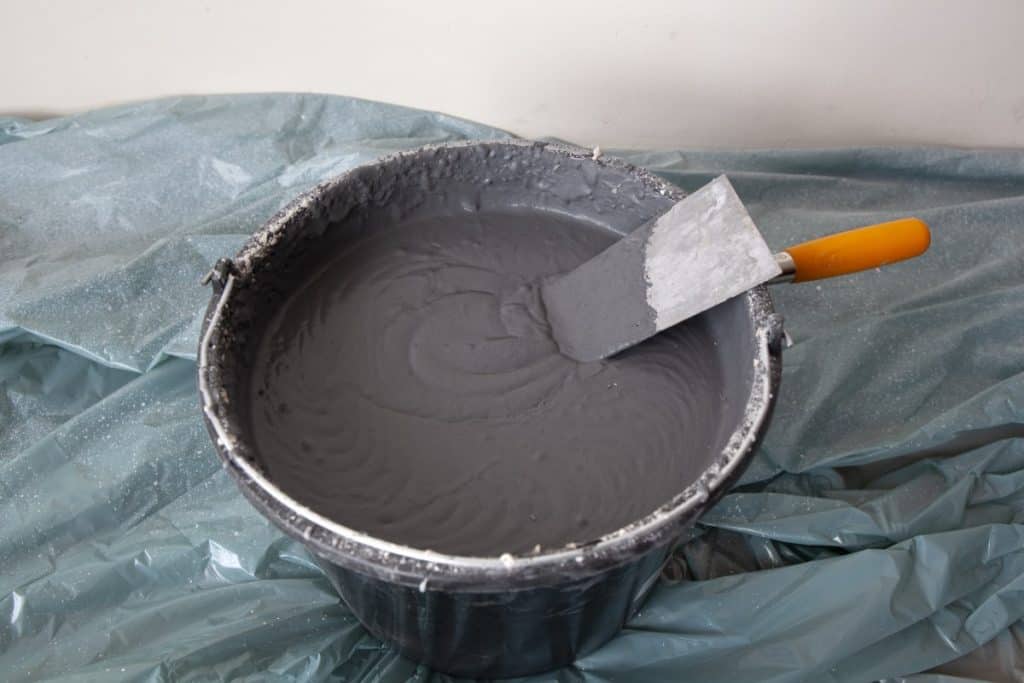
Table of Contents
Concrete Aggregates
During the introduction of this article, I’ve thrown the word “aggregate” around a lot. Simply put, an aggregate is a material or component that creates a whole when mixed with other components.
Concrete aggregates are additives of sand, cement, rock, and gravel that make up the whole of a concrete mix. Every mix has different aggregates in different amounts, but they are always present.
Aggregates come in two types: fine aggregates and coarse aggregates.
Fine aggregates are small components such as sand or ground gravel. These aggregates are almost textureless to the touch and have no visual appeal, so they are what you are looking for in a mix without rocks or large gravel.
Coarse aggregates, on the other hand, are larger aggregates that are visually obvious. Crushed concrete, gravel, and rocks are all coarse aggregates as they add an obvious texture and grain to the concrete they are present in.
Now that you know what aggregates are- what do they do?
The purpose of aggregates is to strengthen the concrete, to change its texture, and to change the look of the concrete. Different aggregates are used in different structures as they fit different looks, purposes, and preferences.
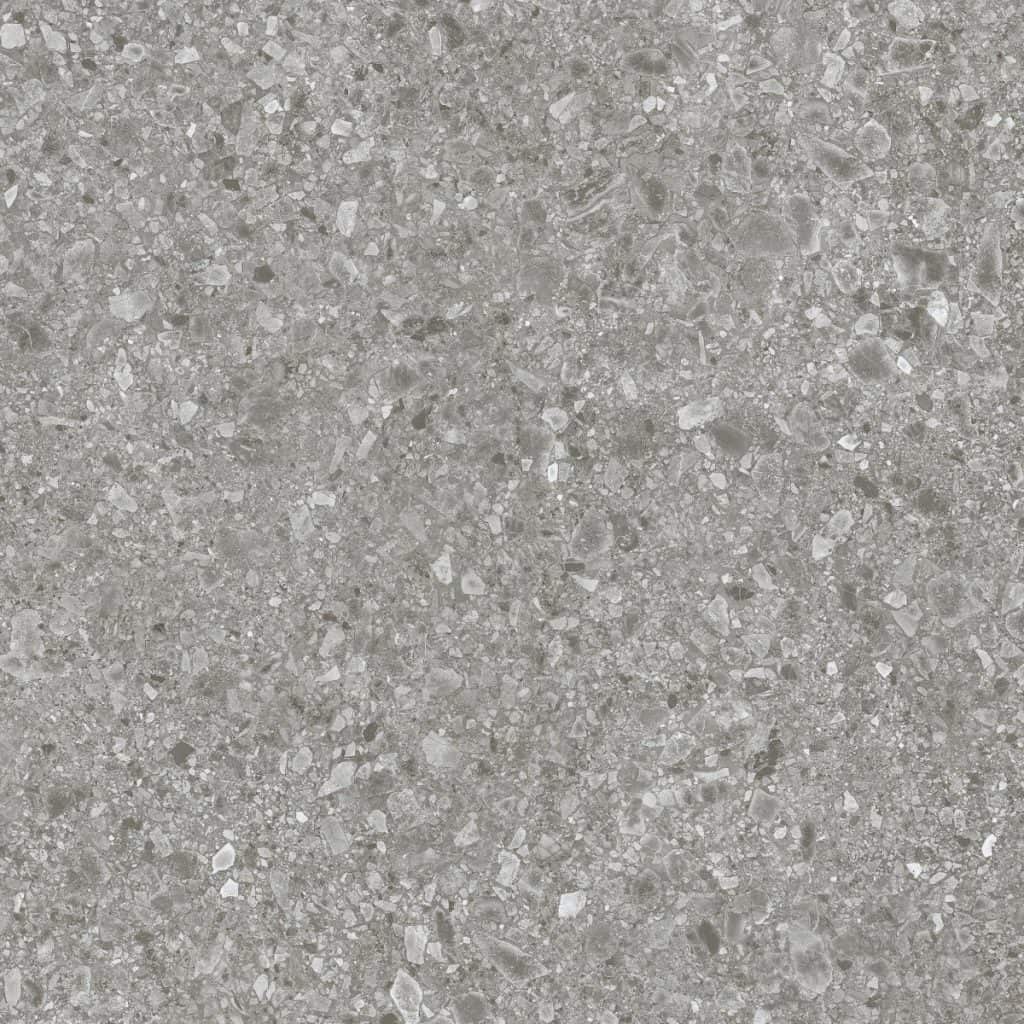
Coarse aggregates strengthen the integrity of the concrete by adding larger particles that are harder to damage, break, and erode. Coarse aggregate concrete mixes are most often seen in driveways, sidewalks, and other heavy traffic areas as they hold up best to frequent use.
Fine aggregates do lower the strength of concrete, but they give a smooth, sleek look. Due to the lowered strength, fine aggregate concrete is used less for high traffic areas and more for low-impact surfaces like countertops, walls, and decorative features like fountains.
Mortar Concrete Mixes
If recommendations for concrete mixes without gravel or rocks is what you came here for, this is the section for you.
These fine aggregate concretes are called “mortar mixes” in the concrete business. Mortar is a mix of uniformly ground particles that create a smooth look.
Many concrete brands sell mixes that are “fine aggregate” but contain small, visible rocks and gravel pieces. To avoid this, be sure to ask for mortar mixes as they are guaranteed to be the best fit for your project.
Mortar mixes are different from normal concrete in both their look and their feel.
If you run your hand along a sidewalk, you’re sure to feel the dips, ridges, and bumps caused by the different coarse aggregates within the concrete. This is not exactly ideal for a low-impact surface like a wall or countertop, as you want to have it fit the comfortable feel of your home.
Mortar mixes will fulfill this wish, giving you a physically smoother finish to your concrete than other mixes will. There are also mortar mixes made for specific projects such as countertops or pools.
The look of the mortar mix is also unique from its counterpart. Whereas coarse aggregate concrete has visible pieces of colored rocks or gravel pieces within the concrete itself, the mortar mix is one uniform color.
Coarse aggregates mixed into the concrete show through on the surface as they are much larger particles than those of the cement base they are mixed into.
Fine aggregates in mortar mix completely avoid this issue since the aggregates are ground down to the same size as the cement itself. This adds integrity to the concrete without taking away from the appearance of the surface.
The Best Mortar Mixes
Mortar mixes are extremely appealing for residential projects, but, because your project will be on display in your home, you have to be sure to get a good mix.
We looked around the internet to find the best mortar mixes and found two options that are satisfactory in price, rating, and review. These are two of the best commercial options for your mortar mix project.
These mixes are both affordable and reputable, so they are perfect products to start with if you are unsure about how mortar concrete works.
DIY Fine Aggregate Concrete
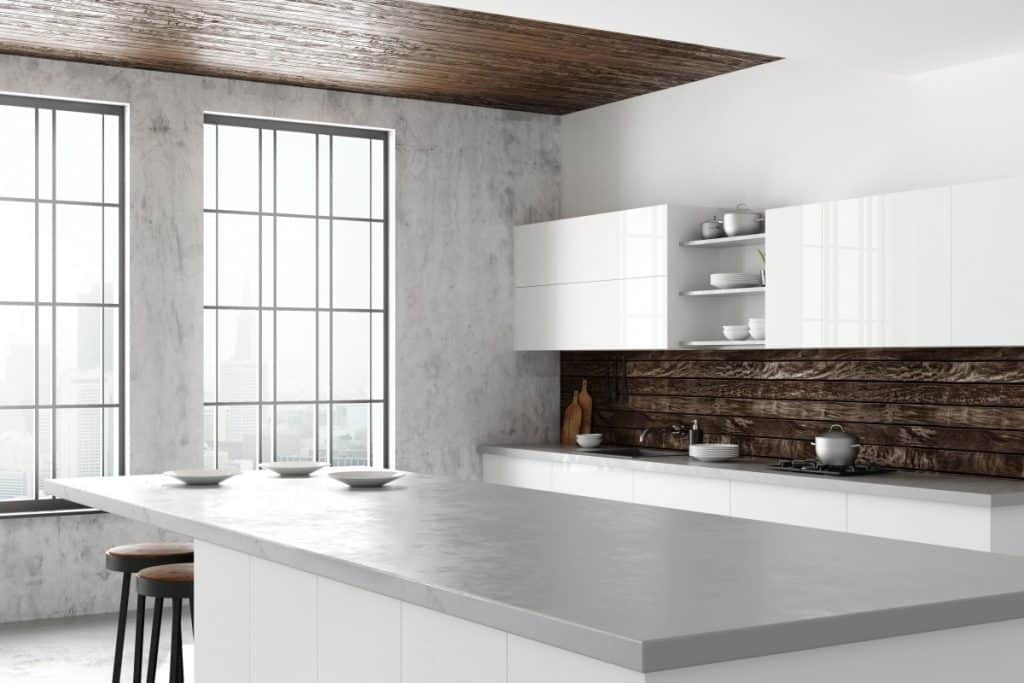
If the commercial route sounds unappealing, you are able to mix mortar concrete at home.
First, you must get all the materials needed to make concrete:
- Fine sand
- Portland cement
- Aggregates (in this case fine-ground gravel)
- Water
Once you have these components, its time to start measuring.
The ratio for your concrete powder is as follows: 1 part of cement + 2 parts of sand + 4 parts of fine aggregate.
Mix these components until they are combined into a uniform powder. After you’ve done this, you can add the water and create usable concrete.
A good tip is to turn only half of your powder into wet concrete at a time to prevent it from drying in the container or mixer and becoming unusable.
The ratio of how much water to add to your concrete is completely up to you. Adding less water will create strong, dense concrete, whereas adding more will create thinner, less compact concrete.
Read more: What Happens When Concrete Is Too Wet?
Mix your powder with your water until they are completely combined and you are finished! You now have a beautiful concrete mix without any rocks or gravel.

